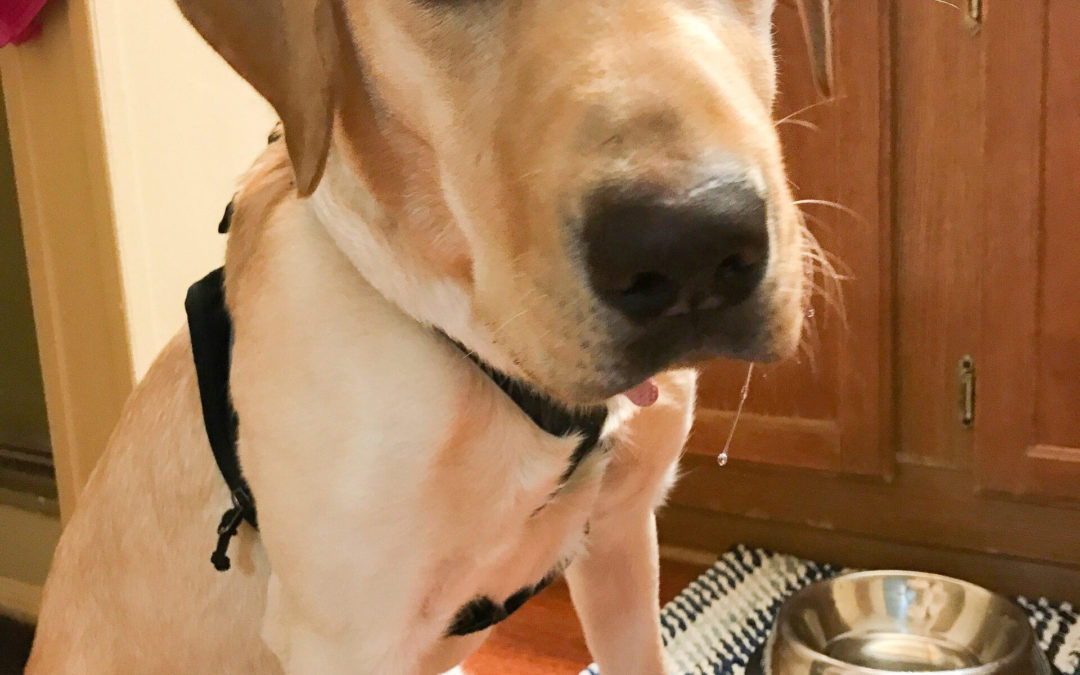We love our furry friends, so when they undergo surgery, we know how stressful it can be. Post-surgical instructions may vary depending on your veterinarian and type of surgery your dog is recovering from. However, there are basic guidelines that can always be followed in post-op care for dogs further explained in this blog.
If you think your pet may have a medical emergency or is experiencing abnormalities, call your veterinarian or go to the emergency pet clinic immediately. VetMeasure does not recommend or endorse any specific tests, practices, or procedures.
Immediate Post-Surgery Care
After surgery, your dog will be monitored and cared for by trained professionals for up to three hours. During this time, they may experience minor vomiting, diarrhea, a decreased appetite, or activity level due to the use of anesthesia. However, these side effects often subside quickly, allowing you to take your pet home.
Once ready to take your furry friend home, make sure you have asked all questions regarding medications and clearly understand the recovery instructions given to you by your veterinarian. Additionally, you should expect to schedule a follow-up appointment to make sure your pet is recovering properly.
At Home Recovery
Even if your dog has spent time recovering at your veterinarian clinic, it is essential to remember your pet will still need time at home to adjust and get back to their routine while at home.
- Restrict movement: no jumping, running, or activities that may include exerted energy.
- Do not leave alone: If you must go away, restrict your dog to a confined area such as a dog kennel.
- Stay warm and dry: refrain from bathing your dog or letting them play in the water. Your pet’s incision can become easily infected by bacteria or tear open.
- No licking: If your dog is licking, you should place a cone around their neck to prevent them from accidentally opening their incision area.
- Behavioral changes: It is normal for your pet to be sleepy following surgery, but if they continue to act aggressively towards people or other pets in the house (that they previously got along with) – it may be a sign they are in pain.
- Appetite changes: a lack of eating may be a result of pain medication.
What to Monitor in Case of Emergencies:
Although we hope our dog’s recovery from surgery goes well, sometimes there are complications we may not expect and are essential to look out for while taking care of our pets.
- Check the incision area for the following: redness, swelling, hard bumps, bleeding, or oozing. Be cautious as your pup may feel discomfort while doing this, and some surgeries may require drainage of the incision area.
- Look at the color of your dog’s gums. If your dog has pink gums, you can monitor their capillary refill time (an indicator of blood circulation) by lifting the dog’s upper gum, pressing in a pink area for a few seconds, then lifting your finger. You may expect the touched area to be pale when you first remove your finger, then return to the standard, pink color, matching the surrounding area within 2 seconds. Note: We recommend you reach out to your veterinarian immediately if your dog has pale or blue-tinted gums, which can be a sign of decreased blood circulation.
- Your dog may experience labored breathing, however should not struggle to breathe by any means. Note: In this case, you should consult your veterinarian.
- A lack of urination. Note: if your dog had an incision in the abdomen, this could be the result of a severe complication.
Note: If you notice any of these signs, you should consult your veterinarian for more information.
With MeasureON! veterinarians can monitor 60% of the dog’s vitals from home. This includes temperature, heart rate, respiratory rate, and activity level, which enables you to monitor more and worry less about your pet’s health. When selecting a veterinarian and clinic, make sure they have the best in technology for your pet’s post-operational recovery.

